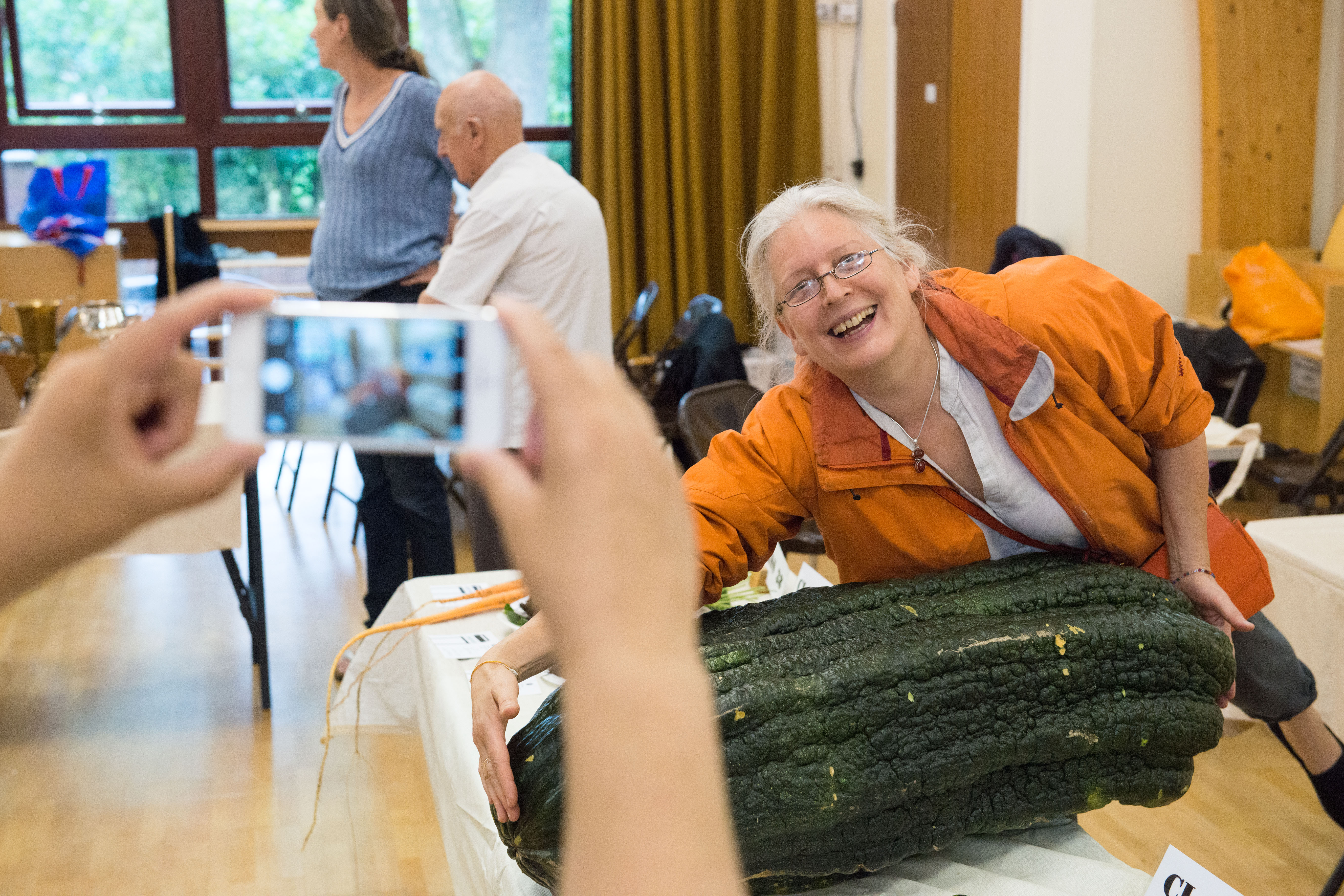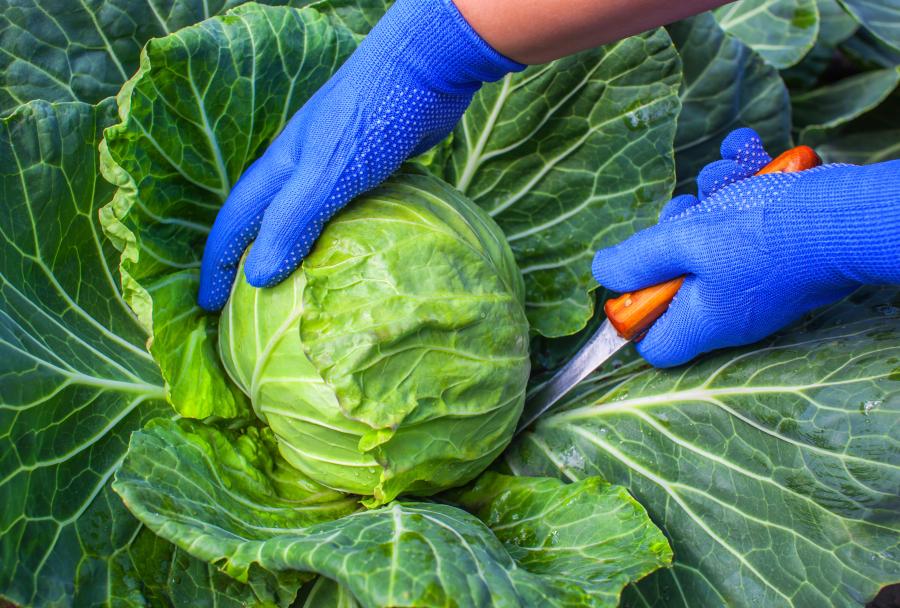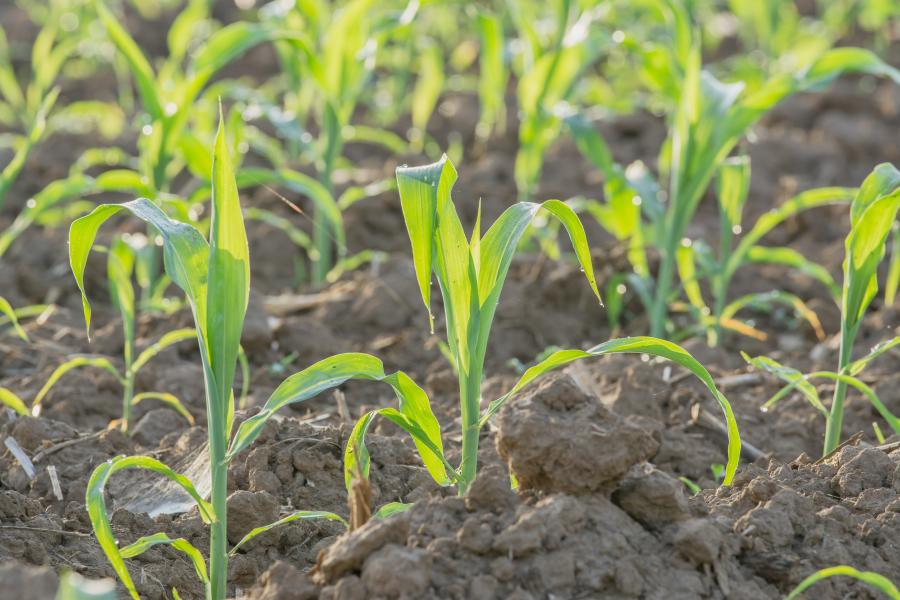
Nadia Brydon of Fulham Horticultural Society tries to pick up an eight-and-a-half stone squash
As the weather improves there’s plenty to do in the garden this month, with crops to harvest and weeds and pests to tackle.
The tasks may seem to be never-ending. But the gardening experts at the Fulham Horticultural Society have put together a handy guide for staying on top of the work and cultivating green-fingered success.
Visit the FHS website to join the society or find out more about its open Autumn Show on 9 September.

Fulham Horticultural Society’s May to-do list:
1. Harvest sprouting broccoli, cabbage, spinach, rhubarb, spring onions, early sown lettuce, beetroot, radish and peas.
2. Cut asparagus regularly to maintain the supply.
3. Start to remove the side shoots on tomatoes. These can be potted in compost to make new plants if they are at least 15cm.
4. Use up the last leeks. Clear away any old or finished crops and dig over the soil and prepare the site ready for the next crop.
5. Using pots or trays under glass, plant Dwarf and climbing French beans, runner beans, sweet corn, outdoor cucumbers, courgettes, pumpkins, and squash – all which can be planted out next month.

6. Continue making direct successional sowings in the soil of lettuce, radish, spinach, turnips (switch to kohl rabi when the weather becomes hot) beetroot for summer use and also maincrop beetroot to put into store at the end of summer. Leeks, Brussels sprouts and French beans which were sown last month under glass can now be planted out.
7. Thin out while still very small the seedlings of beetroot, carrots, lettuce, onions, parsnips, turnips and always water along the row to settle the disturbed seedlings back in, once the job is completed.
8. Start to earth up potatoes especially if a frost is forecast.
9. Keep hoeing between crops to control weeds and also create a “dust mulch” of dry top soil to conserve precious soil moisture. Try to water in the cool of the evening if possible using a watering can to direct the water around the root area of the crops.
10. Look out for pests: blackfly on broad beans; greenfly on peas and lettuce; cabbage root fly; carrot fly; and thrip damage on brassicas, especially when the plants are small. Spray the affected plants with soapy water (diluted washing up liquid) or squash the flies with your thumb and finger.




